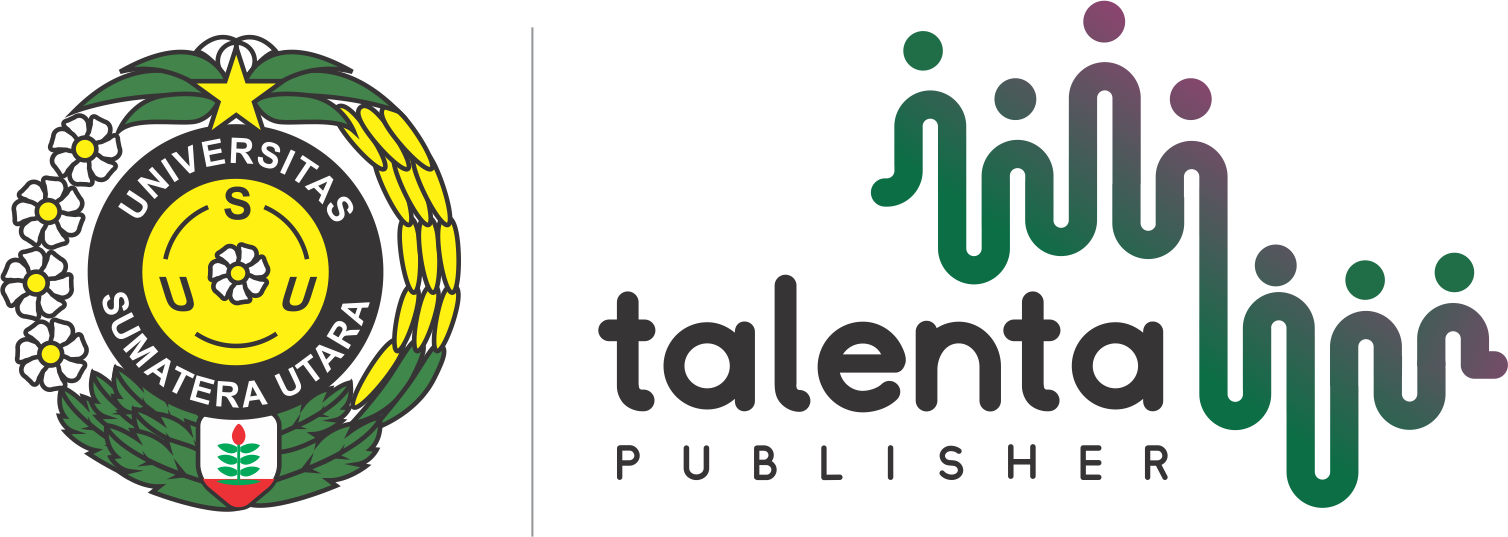The Entire Papilla Preservation Technique Versus Modified Minimally Invasive Surgical Technique in Regenerative Periodontal Therapy For Endo-Perio Lesions
| Authors | ||
| Issue | Vol 2 No 1 (2025): TALENTA Conference Series: Tropical Medicine (TM) | |
| Section | Articles | |
| Section |
Copyright (c) 2025 Talenta Conference Series: Tropical Medicinie (TM)  This work is licensed under a Creative Commons Attribution-NonCommercial-NoDerivatives 4.0 International License. |
|
| Galley | ||
| DOI: | https://doi.org/10.32734/tm.v2i1.2690 | |
| Keywords: | Minimal invasive surgery technique papilla preservation technique periodontal regeneration Root canal treatment | |
| Published | 2025-07-31 |
Abstract
The primary goal of "minimally invasive dentistry" is to achieve satisfactory therapeutic results with minimal trauma during the process. Minimal invasive periodontal therapy involves treatment options that cure the disease with reduced postoperative pain, improved healing, and better patient acceptance. In this case, the report aims to compare two types of MIST techniques used in regenerative periodontal therapy. In the first case, a 30-year-old female complained of pain in the anterior upper area. A ± 2 cm diameter radicular cyst was seen on the radiograph. We performed root canal treatment and periodontal regeneration surgery, utilizing the entire papilla preservation technique (EPPT). In the second case, a 22-year-old female came with a complaint of a white spot on the gingiva area. A true combined endo-perio lesion was found. Root canal treatment and periodontal regeneration surgery using a modified minimal invasive technique (M- MIST) were done. After 6 months, clinical and X-rays show a good and stable outcome where apparent bone remodeling has occurred in two cases. PPT and M-MIST are effective in regenerative periodontal therapy and show good healing of the hard and soft tissue. Both techniques show promising results as they preserve the soft tissues, increase wound stability, and reduce surgical trauma, chair time, and patient discomfort postoperatively.





